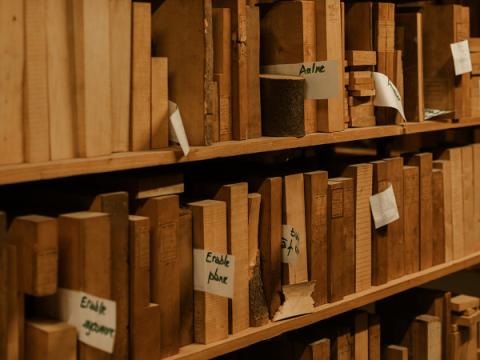
Forest research
February 14 2025In the19th century, forestry research in Europe reached a turning point with the creation of the first research stations dedicated to this field.
In France, the idea of a research station was proposed as early as 1843 and several local initiatives began to take shape. In the Bellefontaine nursery, Auguste Mathieu conducted forest meteorology experiments as early as 1866, with internationally recognized results. It was not until 1882 that France inaugurated its first research station at the École forestière de Nancy, led by Eugène Bartet and Eugène Reuss, two engineers committed to exploring the best research techniques and practices in Central Europe.
Initially, research into forestry and fish farming was concentrated around Nancy. The start of the First World War seriously disrupted the progress of this work. However, the need to strengthen national forest production gave a crucial boost to these studies, and in 1920, the research station was modernized and structured around four sections:
- forest sciences
- botany and wood study
- zoology and aquaculture
- mountain restoration
Its scope quickly expanded to cover the whole of France, with regional annexes in the South-West, Normandy, the Jura and the South-East.
Following the merger of the Forestry School and the School of Rural Engineering in 1965, the research station came under the aegis of the INRA, marking a turning point for forestry research in France. Despite modest resources, this station played a pioneering role in forestry research.
It also served as a springboard for international scientific cooperation, participating in the creation of the International Union of Forest Research Organizations (IUFRO) in 1900. Even today, IUFRO remains a key player, bringing together forest researchers from all over the world in pursuit of the common goal of better understanding and preserving our forests.

